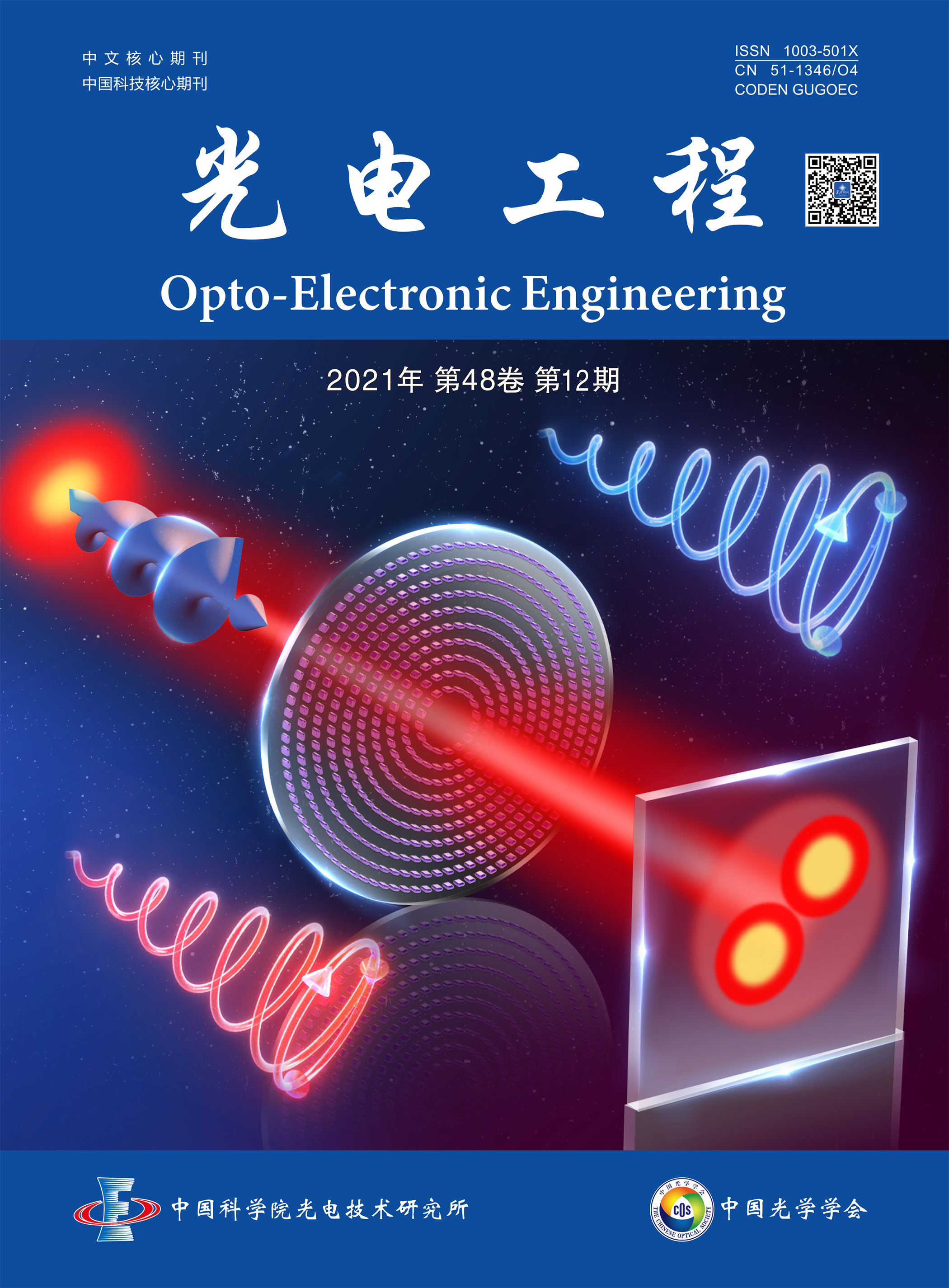| Citation: |
|
Proposal application, peer review and funding of optics and optoelectronics in 2021: an overview
-
Abstract
Classified by general program, young scientist fund, fund for less developed regions, key program, excellent young scientist fund, and national science fund for distinguished young scholars, the programs under the grant application code F05 have been thoroughly introduced by an overview of the proposal applications, peer reviewing processes and fundings of optics and optoeletronics in 2021. In order to provide insights and perspectives for scientific researchers, the corresponding data were analyzed from different aspects and the major measures of reformation in this year were introduced. In the end, some development trends in the field of optics and opto-electronics were prospected.-
Keywords:
- nature science foundation /
- optoelectronic device /
- optics
-

-
References
[1] 国家自然科学基金委员会. 2021年度国家自然科学基金项目指南[M]. 北京: 科学出版社, 2021: 1. National Natural Science Foundation of China. 2021 National Natural Science Foundation of China Project Guide[M]. Beijing: Science Press, 2021: 1. [2] 刘益宏, 高阵雨, 郝艳妮, 等. 新时代国家自然科学基金资助导向下项目科学问题属性分布现状梳理及有关思考[J]. 中国科学基金, 2019, 33(154): 508–514. Liu Y H, Gao Z Y, Hao Y N, et al. Analysis of scientific issue sattribute distribution and suggestions under the funding categories of NSFC in the new era[J]. Bulletin of National Natural Science Foundation of China, 2019, 33(154): 508–514. [3] 文珺, 潘庆, 李建军, 等. 2020年度信息科学部基金评审工作综述[J]. 中国科学基金, 2021, 35(1): 48–52. Wen J, Pan Q, Li J J, et al. Evaluation and Application of National Nature Science Fund of the Department of Information Sciences in 2020: An Overview[J]. Bulletin of National Natural Science Foundation of China, 2021, 35(1): 48–52. -
Overview

Overview: The natural science projects and their funding on the research of optics and optoelectronics, which are under the grant code F05, are governed by the 4th Division of the Department of Information Science and Technology of National Natural Science Foundation of China (NSF). Classified by general program, young scientist fund, fund for less developed regions, key program, excellent young scientist fund, and national science fund for distinguished young scholars, the programs under the grant application code F05 have been thoroughly introduced by an overview covering the proposal applications, peer reviewing processes, and funding distribution of optics and opto-electronics in 2021. In order to provide more insights and perspectives for scientific researchers, the corresponding data were analyzed from different aspects for all programs under the grant code F05. Specifically, the general program and young scientist fund that cover the widest scopes among all programs are analyzed in depth regarding the proposal applications, funding rates, supporting organizations, sub-grant code distributions, the trends, and the reasons behind. Moreover, the re-categorization of projects by the properties of the scientific problems and the corresponding changes to the reviewing processes as well as the newly introduced RCC (Responsibility, Credit, and Contribution) reviewing mechanisms as a part of the major reformation measures of the funding criteria are closely discussed. Under the grant code F05, general program, young scientist fund, fund for less developed regions, key program, excellent young scientist fund, and national science fund for distinguished young scholars have received 1512, 1579, 124, 57, 137, and 90 applications, among which, 268, 381, 19, 15, 17, 5 applications have been granted with funds, respectively. The article has also brought up multiple concerns including the needed attentions to the young talented research groups in the fields of infrared and THz physics and technology, non-linear optics, optical and opto-electronic materials; and the needed enhancements on the implementation of the original research explorations and the interdisciplinary researches and investments in the field of optics and opto-electronics under the frame work of the NSF. The article has finally concluded with the general framework set up by the NSF that the research on optics and optoelectronics will be more pronounced in the following direction: the applicable optical technology to help answering the challenge of high resolution, wide dynamic range, and large data storage in optical systems; the integrated optoelectronic device technology to help answering the challenge of high speed, low cost, highly integrated and intelligent optoelectronic devices.
-
Access History


 E-mail Alert
E-mail Alert RSS
RSS


 DownLoad:
DownLoad:


